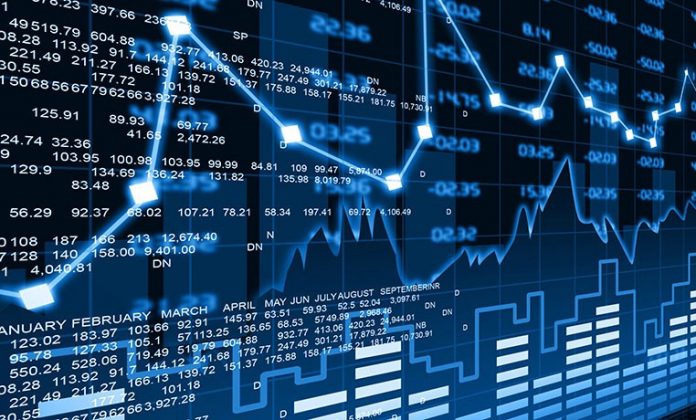While the world is fire-fighting the COVID-19 virus epidemic and not learning from many past disasters to establish a scientific Disaster Recovery Plans, it is vital to re-emphasize on many fields where AI and machine learning are beginning to make an impact, disaster preparedness and relief possess potential for them to do a lot of good. Implemented in the right ways to assist and inform first responders, as well as communities affected, AI can be leveraged to save lives in disaster situations.
AI detecting patterns
AI can spot patterns in data and make predictions, and the hope is these tools could identify drug prospects to test on humans within months. As coronaviruses such as COVID-19 mutate, a drug candidate will have to be effective against a broad spectrum of possible forms. Work is now underway worldwide, to use AI in pursuit of a vaccine.
While AI will undoubtedly speed up vaccine development, the technologies rely on large quantities of accurate training data. A new, highly infectious disease for which there is limited data poses challenges for even the more sophisticated AI techniques.
AI In Forecasting and Predicting Natural Disaster
One of the primary strengths of AI is the way it increases our capacity to predict, and therefore plan for, events and circumstances. Considering that one of the most important ways to save lives in disasters is to have early warning, there’s a lot of good the technology can do.
The potential of AI isn’t just in predicting that a disaster will happen but in predicting where it will hit hardest, which defensive systems are likely to fail, and which communities are in the most danger. This information can be used to improve decision-making about the issuing of building permits and insurance.
AI could prove absolutely invaluable to tracking and preparation efforts, as well as the updating and maintenance of critical equipment and defenses.
AI On the Ground During a Disaster
In recent years, when natural disasters struck, people on the ground have often turned to social media and ad-hoc volunteer groups in addition to, and sometimes instead of, relying on aid from the government or traditional charitable organizations. Communities have proven that they’re capable of banding together in the face of disasters and aid that doesn’t come quickly enough.
Most social media platforms already rely on machine learning algorithms, but additional AI functionality could be of great assistance during disasters, helping both ordinary people and first responders keep up to date and organized. Deployed in the right way, existing timeline algorithms could be used to deliver and distribute information where it’s most needed. Or, AI could be used to scrape information from millions of social media posts and clue rescue workers in to the hardest hit areas and people in the most need.
Robots Are Already on the Scene, We Need AI to Keep Up
Unmanned robots are being used to great effect in every aspect of disaster response. They can more accurately gather data about hurricanes without human pilots having to risk getting close; they can enter dangerous areas following a disaster to assess damage and look for survivors; and they can assist in rescue efforts.
To make the best use of robots and our ability to gather more data, our data collection and analysis techniques have to keep up. Receiving more data only helps if we have the capability to draw conclusions about it to increase response time. Autonomous machines and AI algorithms, when combined, act as a significant force multiplier in our ability to protect people and property in the face of disaster.
by: Dr. Jassim Haji


